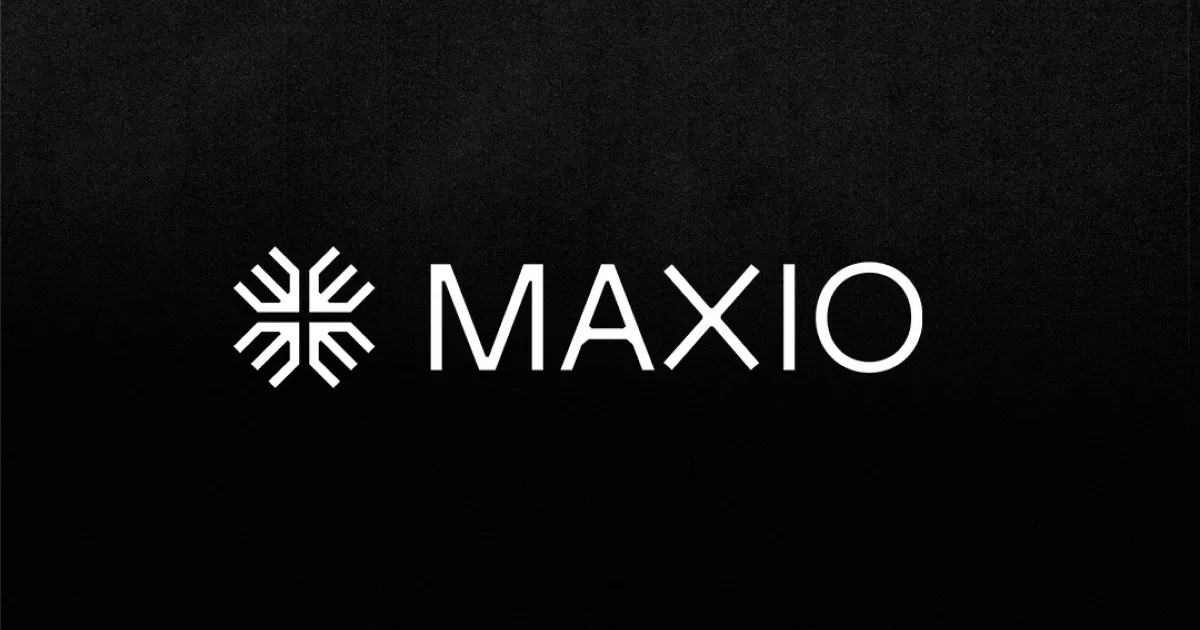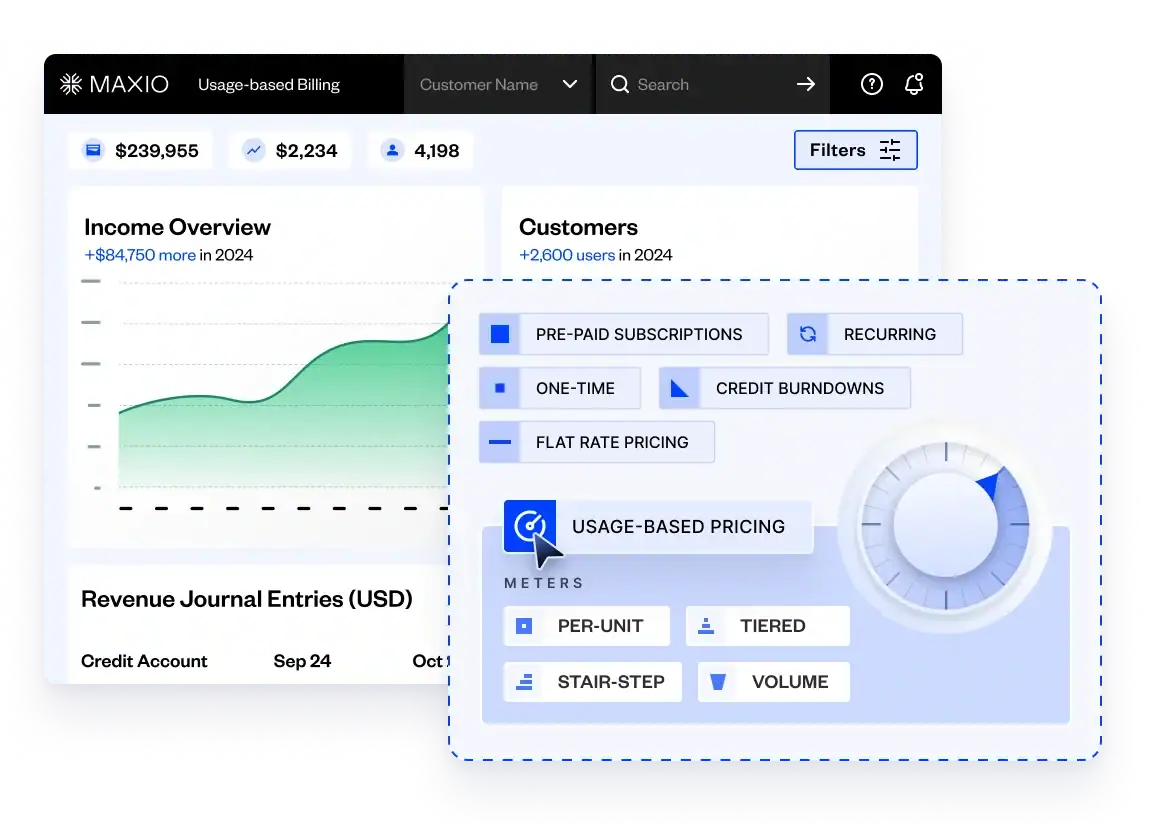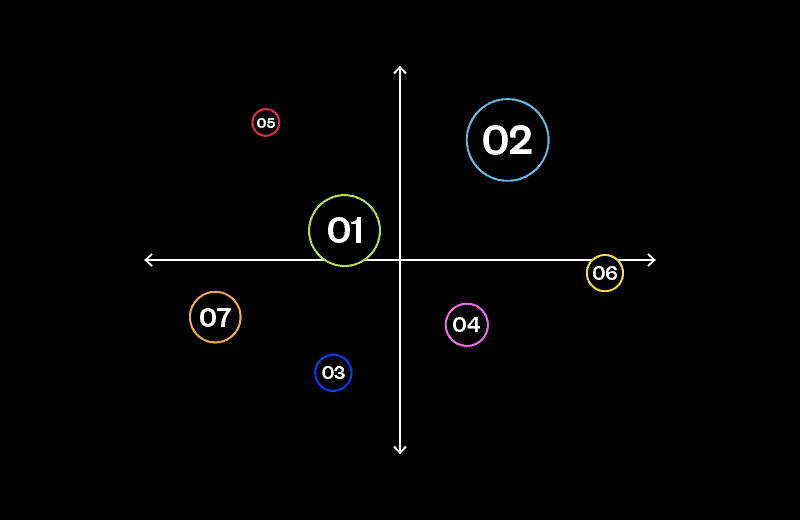Can you imagine running your recurring revenue business without any CRM in place? Sounds impossible if you ask us. As B2B SaaS leaders know, your CRM is the lifeline between you and your customers, prospects, and future. A good CRM helps you understand your customers better, provides your sales teams a source of truth on deals open and closed, and is a holding cell for leads consistent to boost sales revenue. A great CRM, however, leverages the data from other tools in your stack and is a fully integrated part of your ecosystem. Through these integrations you can discover new insights from business data while enhancing your sales process to provide a customer-centric experience that will help reduce customer churn. One of the greatest and most prolific CRMs out there is Salesforce.com (SFDC).
Medium recently published an article titled “The Ultimate Guide to Salesforce Integration”. In it, they wrote: “Salesforce is highly regarded as a powerful information platform that has revolutionized the business industry since the dawn of this millennium. As an effective CRM solution, it has improvised the sales operation of enterprises and offers innovative products and services to satisfy their customers’ needs. By integrating Salesforce with other applications, organizations can now tap to vast unknown resources and provide them with much greater operational visibility.”
Salesforce is undoubtedly the colossal of CRMs in the market. They have consistently been ranked #1 by IDC for four years running and have over 4,000 pre-integrated applications on their marketplace exchange. Not to mention, working in their CRM has shown a 39% increase in sales productivity. The benefits for your business are endless using Salesforce, so why not integrate your billing platform with it?
Billing and CRM go together like wheels on a car. Your B2B SaaS business cannot drive growth and scalability with maintaining two different sets of data for one single outcome: selling to your customers to produce and increase recurring revenue. In this blog we outline 5 reasons why you want Salesforce integrated with your billing platform.
1. Increase Customer Delight
Many B2B SaaS companies deploy a multitude of blended surveys, such as CSAT (customer satisfaction score), NPS (net promoter score), and CES (customer effort score) to help determine their customers overall experience with product functionality, as well as sales and support teams. In most instances, these surveys provide insight into what more your customers want from you. So it is no secret that their requests should come first if you want to aggressively grow your business. Leading B2B SaaS companies taking advantage of their CRM will house their customer surveys so that CSMs can reach out to unhappy customers and rectify any issues in order to prevent churn. It just makes sense to have one place where customer data, billing, and invoicing lives, allowing you to always provide correct information from the prospecting to the recurring billing stage.
In a study produced by Walker Information, they surveyed B2B companies, asking them where they were investing to meet the changing needs of customers. More than half (58%) answered that they’re simplifying products and processes. Walker states, “as customers begin to demand a more personalized experience, companies are forced to learn more about the customer and integrate this knowledge into the experiences that customers have with the products and services.”
Adapting to your customers means providing relevant and consistent data in front of them on a moment’s notice regardless if they call your support line or submit a chat on your website. By integrating your billing platform with SFDC, you give your customers a personalized and proactive approach by leveraging a single source of truth at every interaction point with them. From sales, to customer support, to onboarding, your customer receives the same unified experience at every interaction point with your brand.
2. Keep Your Sales Team Happy
B2B SaaS companies strive to keep their sales teams happy, loyal and engaged so they sell more at the end of the day. What’s the secret to achieving those 3 things? That’s a loaded question, but essentially it can all be tied to how you expect them to sell your products and services. Most sales teams today leverage a CRM to keep track of leads, marketing efforts, meetings—basically anything they need to help accelerate their sales cycles. Without a tight link between your billing and CRM systems however, the sales flow can be disconnected Separating SFDCand your billing platform creates friction for your sales team to have to book opportunities in one while creating sales orders for recurring subscriptions in another. Why struggle?
Successful sales reps are the ones that leverage your CRM to the fullest. Nine out of ten SFDC customers rank integrating data sources as their top priority. These companies capitalize on their already successful sales processes by elevating and including their billing platform as well.
Each sales team goes to Salesforce because they appreciate the visibility into their customer information, the ease in account planning, insightful reporting, opportunity forecasting, and better time management, amongst other things. Giving them the power to sell subscriptions with up-to-date product catalogs and pricing would be the cherry on top to equipping your sales team with the utopia of successful selling.
3. Set Up Your CSM & Support Teams for Success
Once your sales team has completed a successful sale, your customer facing teams are at the gate welcoming your newly won business with open arms. In B2B SaaS, the name of the game for increasing your recurring revenue is reduced customer churn in addition to new logo acquisition. Customer Success Managers (CSMs) were set up to make sure your customers are successful in using your product and/or service, while your support teams are dedicated to serving your customers when they run into issues with your product and/or service. Because these customer facing teams have a crucial role in reducing churn and also upselling new opportunities, it is adamant they have an efficient process to get their tasks done.
Keeping your Salesforce separate from your billing platform requires CSM and support teams to look in essentially two different systems to serve your customer, leading to increased resolution times and an overall bleak experience for your customers. In a recent study, 88% of IT teams investments are to provide a 360 degree view of the customer. Integrating your CRMand billing platform can give your customer-facing teams the tools they need to provide the high-touch guidance each and every time they interact with your client base. Whether your B2B SaaS company provides a “white-glove” approach to onboarding and implementation, an integration with Salesforce and your billing solution can ensure your CSM and support teams will always feel like they have an enterprise system to get their job done.
4. Maintain Integrity & Increase Accuracy
There is a mountain of data to manage between two separate systems, which means more time, money and resources dedicated to CRM and billing hygiene. With two sets of customer data – what is the single source of truth?!? By syncing your Salesforce with your billing platform, you ensure both of these systems have consistent data on your customers and their subscriptions. The most successful sales people rely on CRM data so it is clear that clean data is necessary to effectively work their deals. However, roughly 30% of CRM data quality erodes within a given year, providing inaccurate or incomplete relationship data for sales teams.
Where does inconsistent data come from? It turns out that almost 80% of salespeople regularly spend time during their workday inputting the same data into multiple systems, which increases the risk for human error to affect companies data quality. If you are having your sales team enter data in Salesforce and then simultaneously having to enter that data to sell, manage, and modify customers subscriptions in your billing platform, you are opening up your B2B SaaS organization to a world of risk. This is especially true if you consider your billing platform your source of truth for MRR, churn reporting, and revenue forecasting. Integrating your CRM can dramatically reduce human error while maintaining data integrity on your customers and subscriptions data.
5. Automate & Streamline Your B2B SaaS Organization to the Fullest
We all know your Salesforce is a powerhouse for many sales, marketing, and customer support functions. However, integrating your billing platform with Salesforce can give your B2B SaaS business an extra boost of automated and streamlined operations. In a Salesforce usage survey, 68% of salespeople believe more could be done in their organization to automate manual and repetitive processes.
Integrating your billing platform with Salesforce can lead to faster workflows not only for your sales teams, but for your other customer facing teams as well. An integration of this scope provides up-to-date customer and subscription data empowering a much richer set of capabilities from your CRM. Streamlining your billing and invoice processes by integrating with your Salesforce is the game changer in accelerating your B2B SaaS growth because it gives back time to your sales team to focus on what they should be doing: selling your products and services. Today, only 34% of salespeople time and energy are spent on selling, while the rest is done doing mundane tasks to get sales recorded and processed. You can dramatically reduce that time by integrating your billing platform with your CRM.
Integrating Salesforce with your Billing Platform is Your Recipe for Success
Salesforce is not immune to integrating with 3rd party platforms, data providers, and the like. B2B SaaS organizations that take advantage of integrating their billing platform with their Salesforce environment will reap benefits for years to come. This type of integration provides customer data and actions in real-time between two systems to provide a more centralized and personalized experience for your customers. The visibility across your customer-facing teams decreases the time spent in locating information to help solve common questions as well as significantly decreasing the time in solving support tickets. Taking a fully-integrated CRM approach to manage your recurring revenue operations presents a much more efficient way of utilizing the tools your teams regularly use to sell and manage your customers – directly in the systems they live in each day.
Interested in optimizing the way you use Billing and SFDC, contact the Maxio team to learn how we can help you optimize your billing and get everything you need directly in Salesforce. Maxio offers the only billing solution built for B2B SaaS businesses, and we are ready to show you just how much Maxio can do for you.




